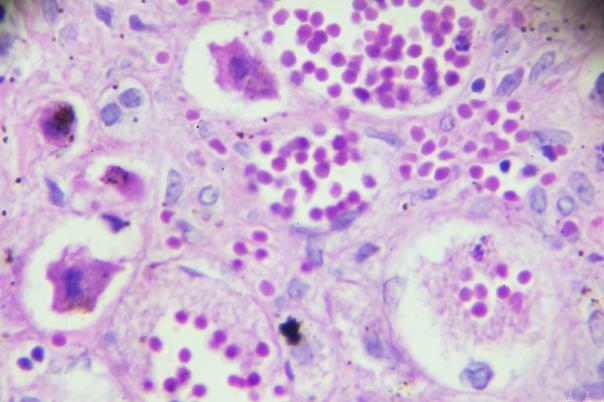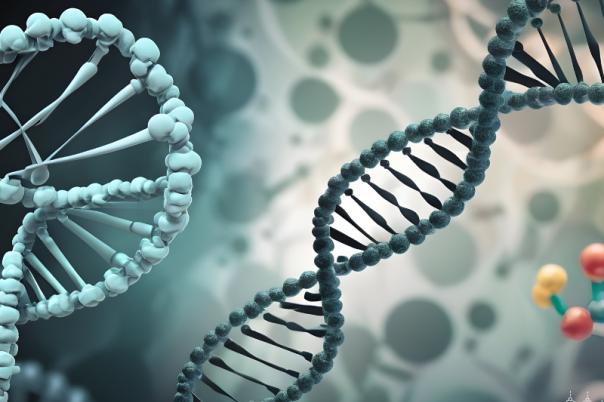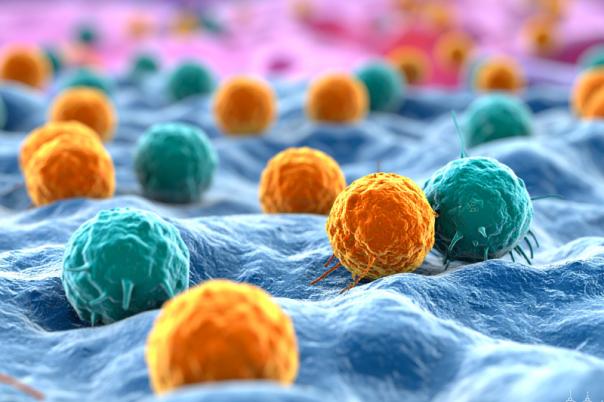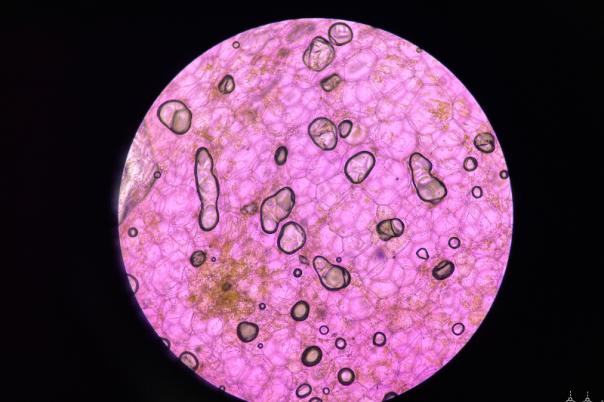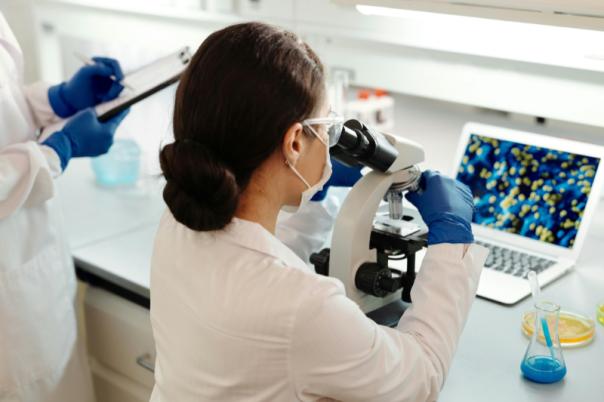Priyank Patel began by discussing the exploration of spatial data in drug discovery, highlighting the complexity and importance of spatial data in identifying disease-relevant biomarkers. He works within the molecular histopathology and spatial biology group, where they combine various technologies to identify cellular niches within diseases and generate insights for drug discovery.
Patel began by outlining three main challenges in interpreting spatial data: the heterogeneous nature of tissue, the need for hierarchical models to capture spatial relationships, and understanding tissue evolution over time. Patel and his team developed three approaches to address these challenges. First a method that divides tissue into microenvironments; second, using clustering techniques to analyse cellular interactions; and finally understanding the dynamics of inflammation over time through pseudo time progression.
Patel presented three principles for effective spatial analysis: examining hierarchical levels, treating inflammation as building blocks, and understanding the creation of spatial niches. These principles were crucial for systematically interpreting spatial data and advancing drug discovery.
The methods developed were applied to identify coexpression of genes in relation to macrophages and understand the pathologies associated with inflammation. This initial spatial exploration guided teams in positioning new targets for drug discovery and building in vitro assays.
Patel concluded by highlighting the importance of spatial data complexity and its systematic interpretation for advancing drug discovery and biomarker identification. He highlighted the need for continued exploration and application of spatial data in drug discovery.

